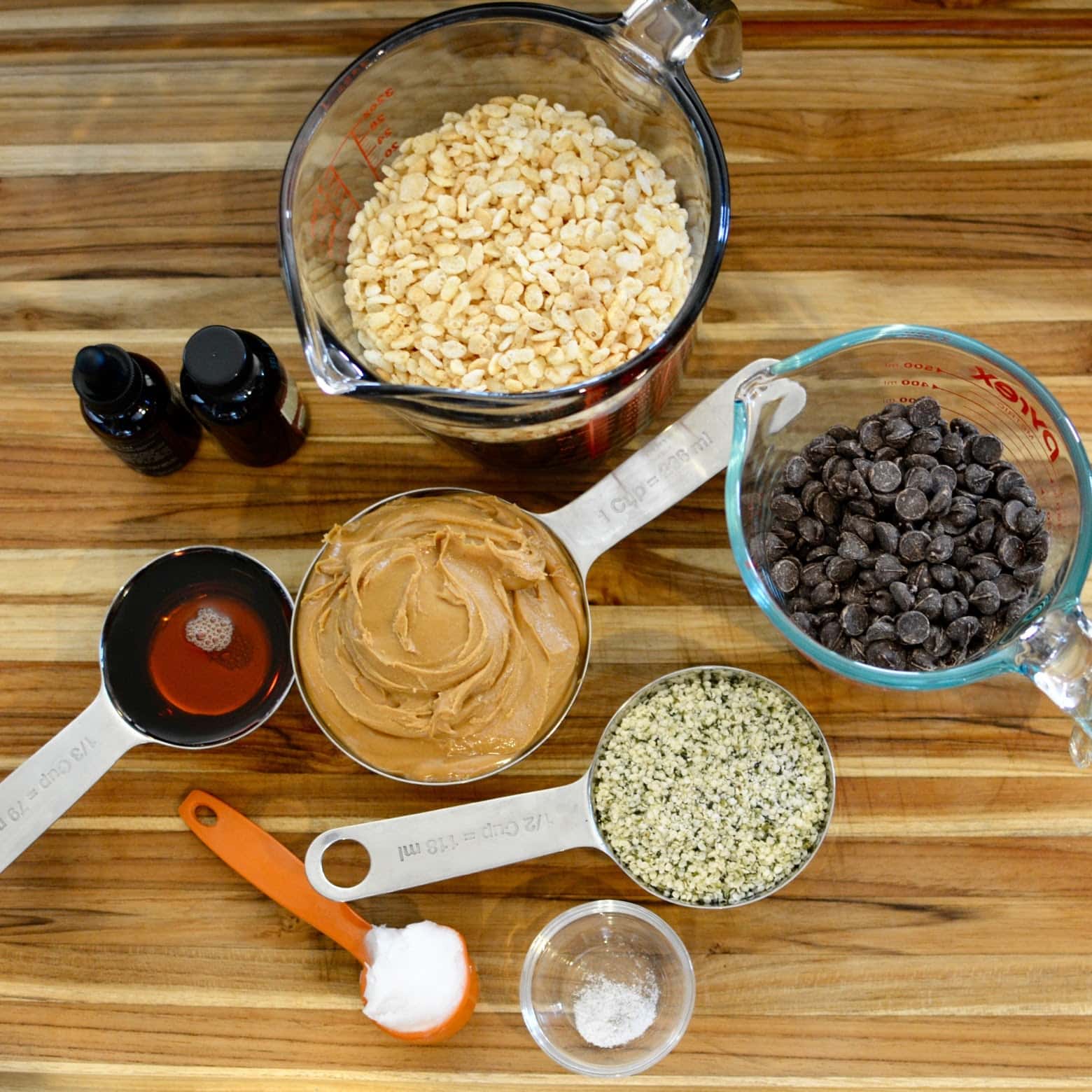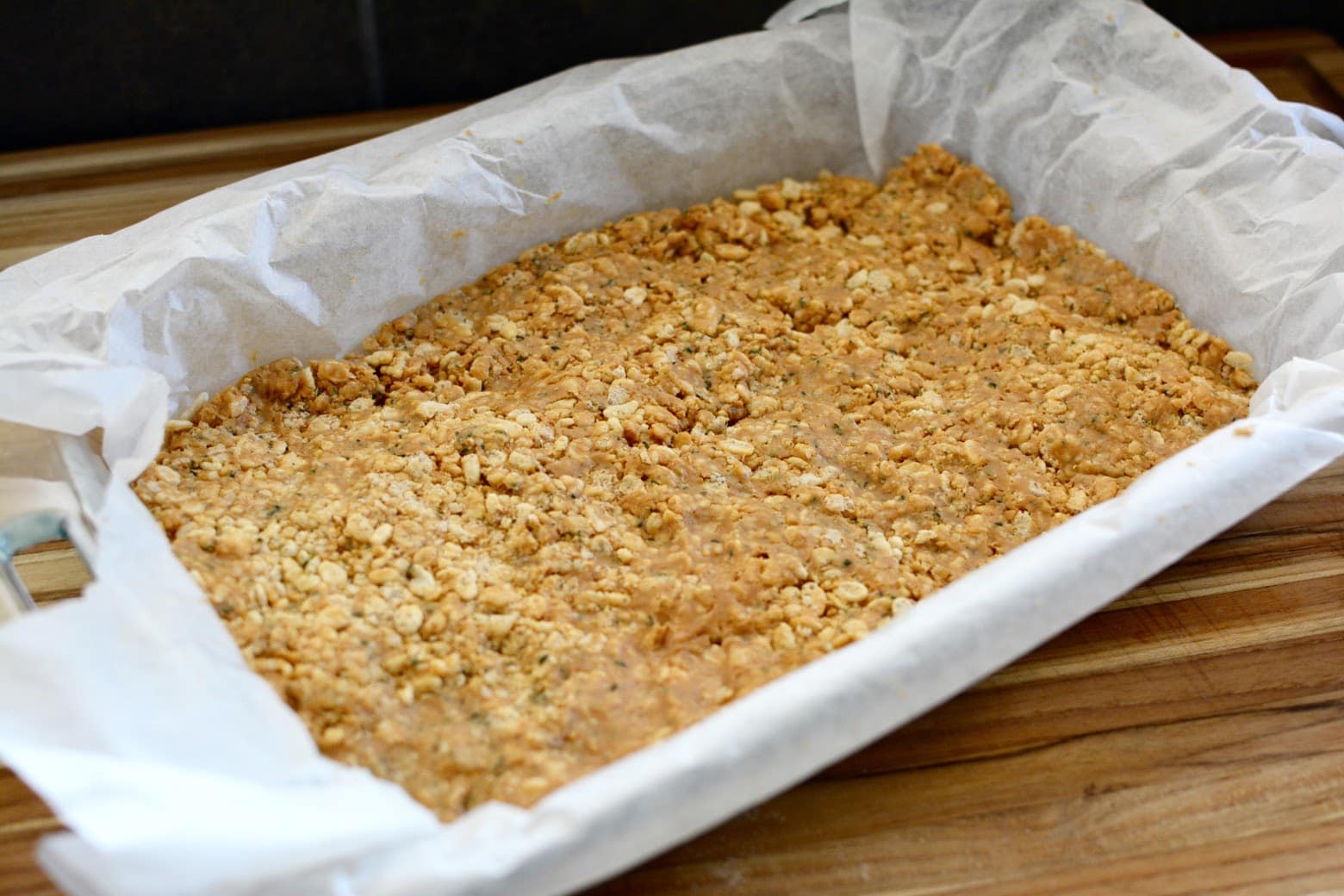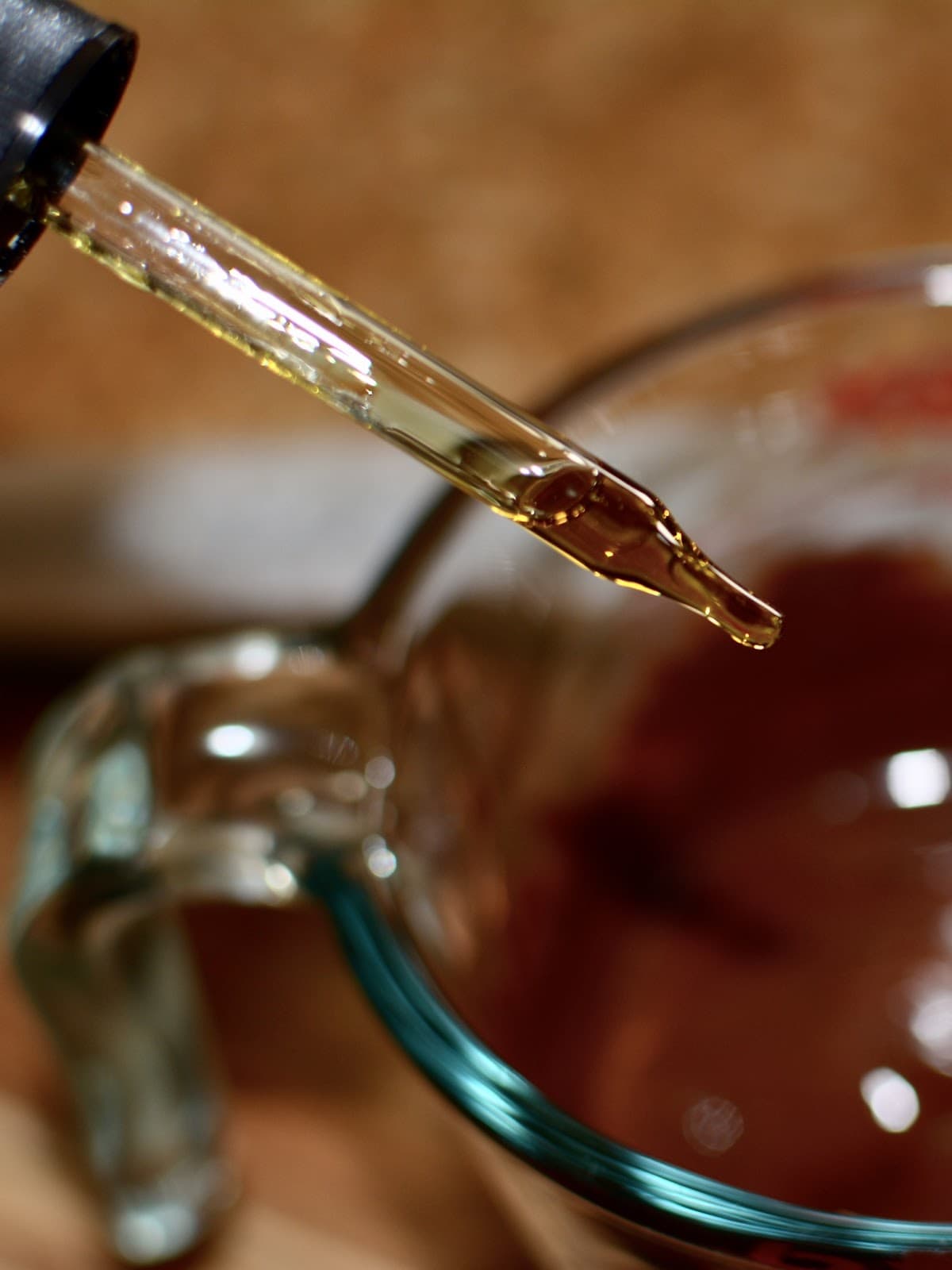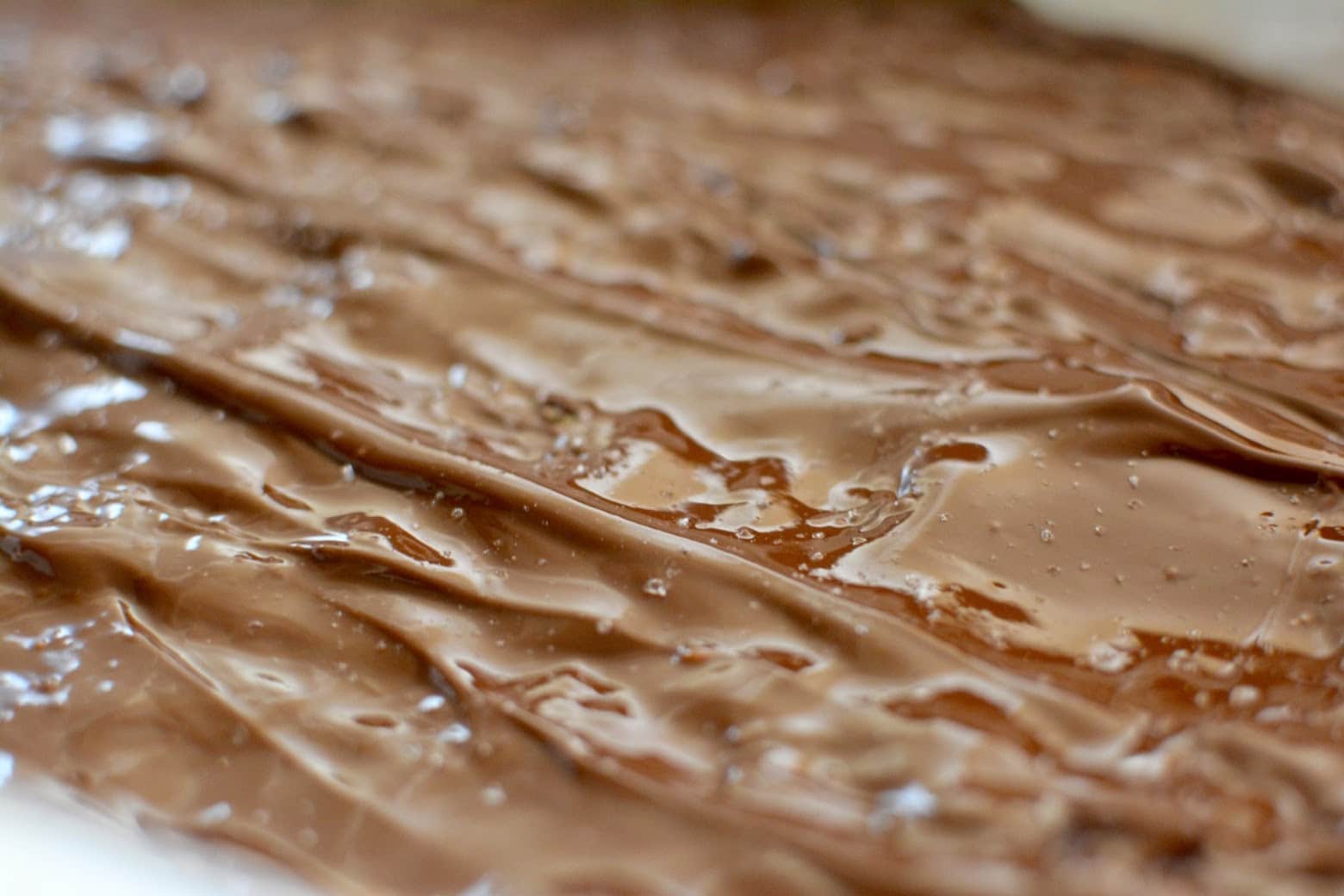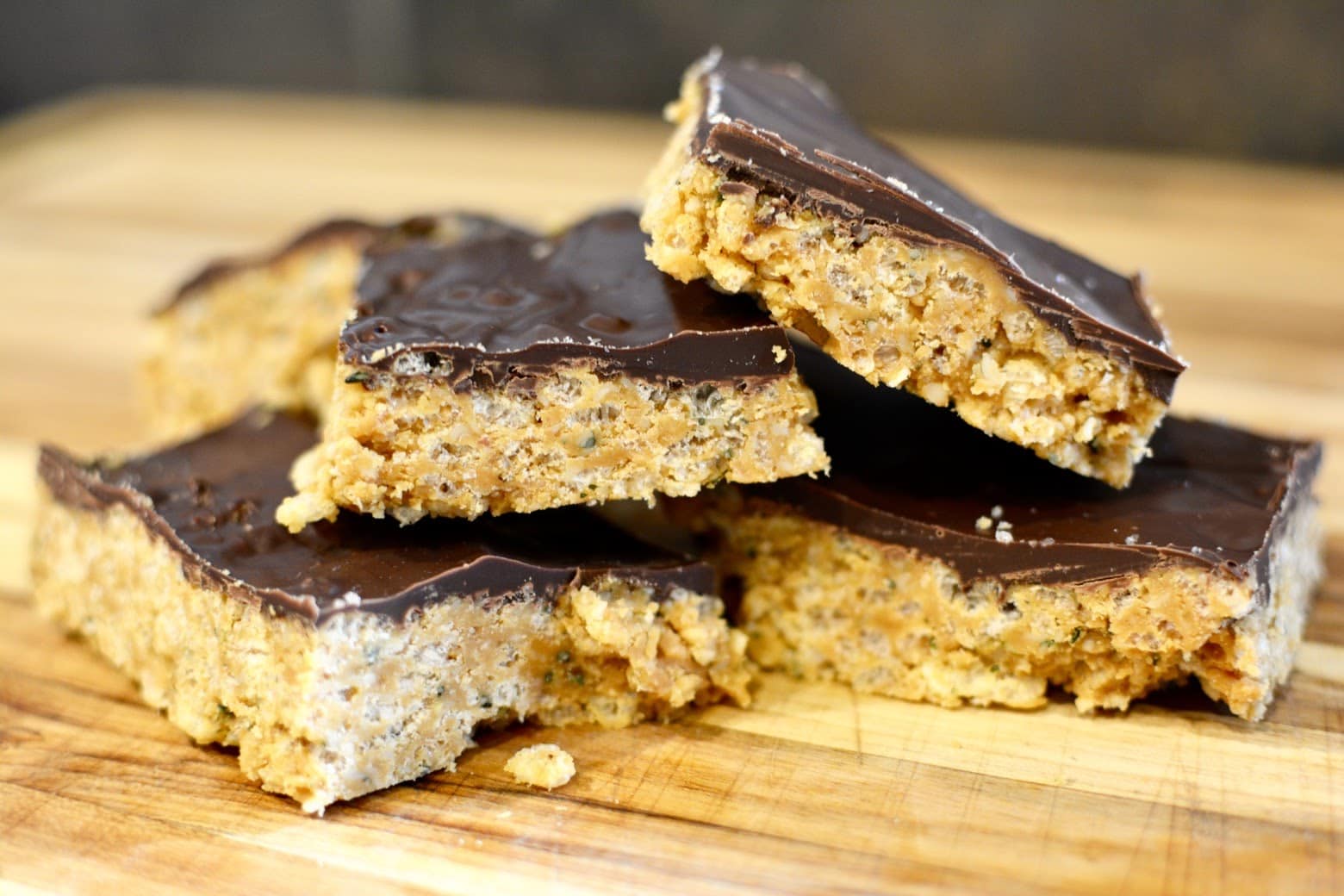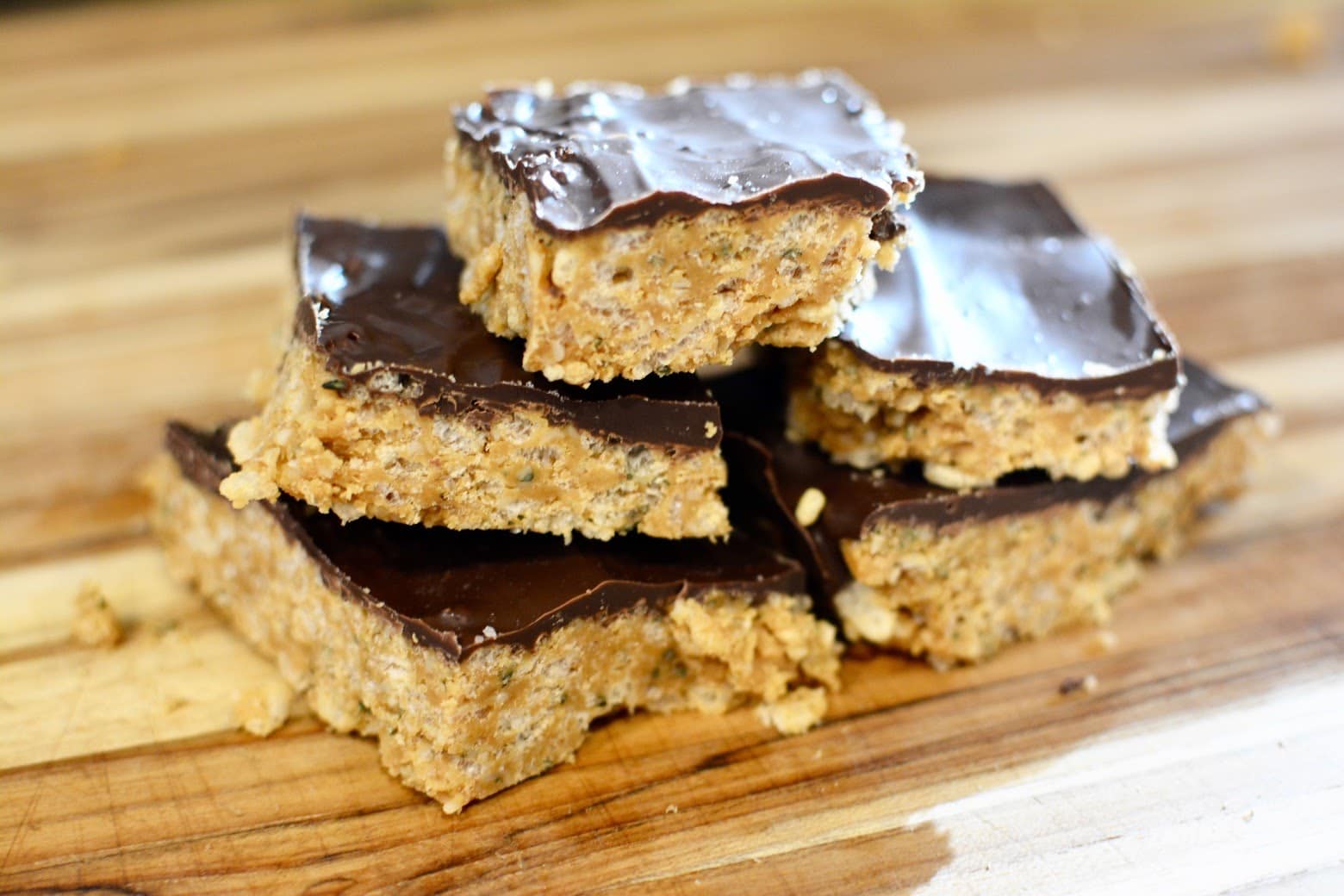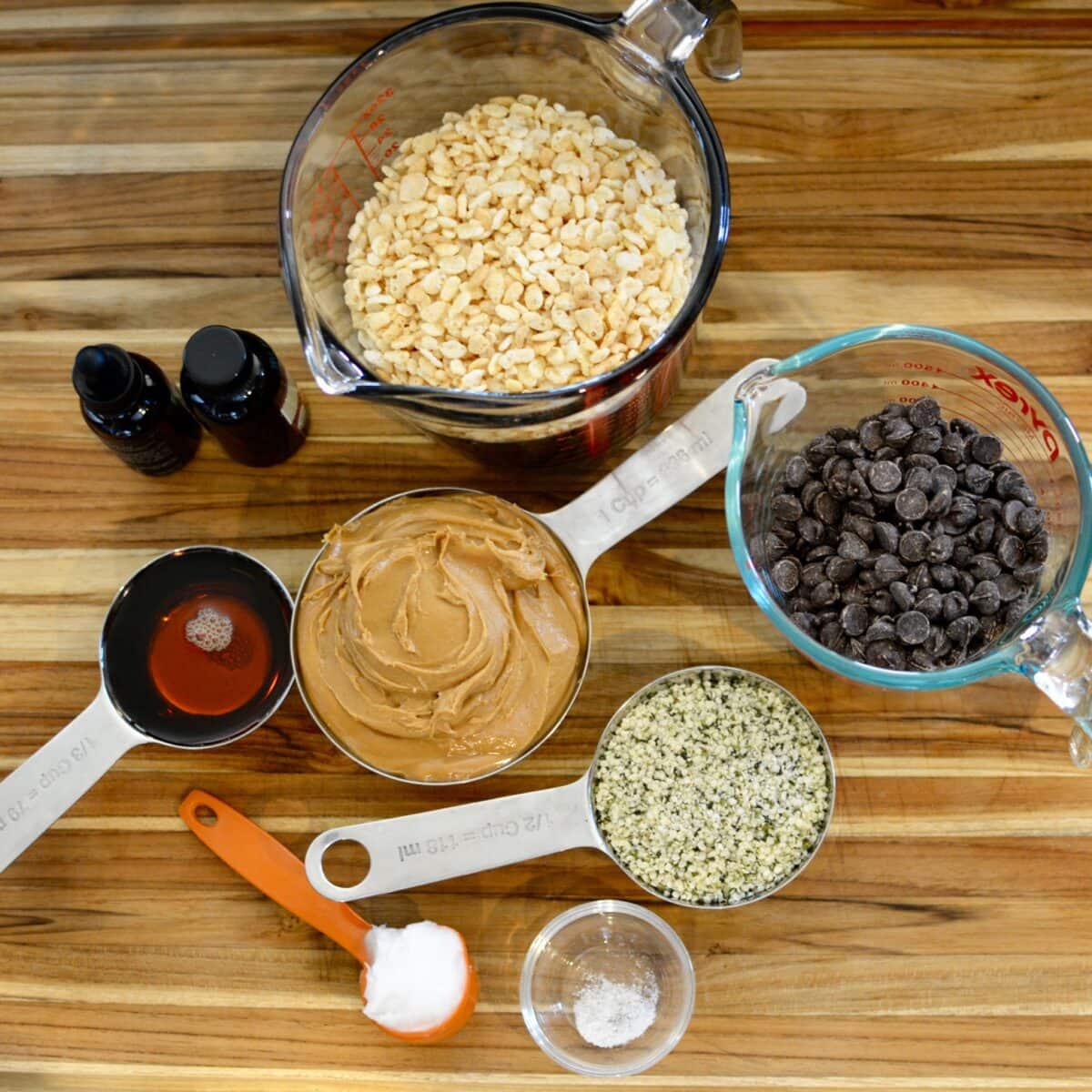It is no new thing that cannabis has been infused in edible products. Dating back to even before Bartolomeo Platina completed the first printed cookbook in the 15th century, where he had several dishes that included the ingredient of hemp seeds as well as one for “cannabis nectar”, cannabis has been consumed in a variety of ways for a variety of purposes.
When we think edibles, typically we think about marijuana baked into gummy bears, cookies, chocolate bars, and more. There are also those pot brownies that are not only famous for being delicious but revolutionary. But what about cooking with the other cannabinoids from the cannabis plant, like CBD?
CBD can be found everywhere these days and more individuals are experimenting with ways in which to self-administer it for the potential benefits. Here we would like to discuss what CBD and its health benefits are, supplementing with CBD, and tips for cooking with it. If you should decide to make a CBD-infused treat, we have a recipe below for you to try!
What is CBD?
CBD stands for Cannabidiol. It is a phytocannabinoid (a cannabinoid from plants) found in cannabis that has been researched to have many therapeutic effects. These include, but are not limited to:
- Anti-inflammatory
- Anti-anxiety
- Analgesic
- Anti-bacterial
- Anti-depressant
- Anti-emetic
- Anti-spasmodic
- Anti-ischemic
- Neuroprotectant
CBD is available to purchase in many, many forms. For cooking, I would stick with a tincture (oil) as it is more concentrated and already contains an ingredient we are used to cooking with – oil! CBD tinctures contain a carrier oil, which can be olive oil, sesame oil, fractionated coconut oil, or others. Some CBD tinctures will be labeled as an isolate, meaning that the only cannabinoid considered from the hundreds of cannabinoids of the cannabis plant is CBD. A CBD tincture labeled full-spectrum will consider all of the hundreds of cannabinoids, with an emphasis on the ratio of CBD.
Why Supplement with CBD?
Our body naturally produces cannabinoids that bind to receptors in our Endocannabinoid System (ECS). Sometimes, when our body does not produce enough cannabinoids, we may have what is called Endocannabinoid Deficiency. Therefore, by supplementing with phytocannabinoids like CBD, we may be able to mimic the actions of those natural cannabinoids to produce the same therapeutic benefits.
Tips for Cooking with CBD Oil
- Quality. You will want to be sure the product you are using is of high quality that you can trust. The quality of your product matters. The company you are purchasing from should be able to produce a Certificate of Analysis, or Batch Results, to show that the product you have in hand has the concentration of CBD it displays and has been tested for molds and pesticides.
- Start low and go slow. CBD works through the accumulation of the ECS. In order for it to provide day to day relief from your symptoms, you may want to explore consistent dosing. When cooking with it, you will want to have enough to where it may provide some added benefit but not too much so that it will:
- Overwhelm the taste of your recipe
- Be too high of a “starting dose”
For the recipe below, you will find that I chose to use a lower-concentrated formula. This allowed me to add a little more to not only get benefits from the cannabinoids, but the extra carrier oil made for a more delicious consistency.
- Increase bioavailability with a fatty recipe. The concept that meals increase the absorption of any medications, supplements, or vitamins is called bioavailability. This concept applies to CBD. CBD bioavailability is the percentage of CBD that is absorbed into the bloodstream. The more you absorb, the more potent it is.
The CBD molecule is a fat-soluble compound, meaning it dissolves in fat. Therefore, when eating CBD along with another fatty ingredient it may be more easily dissolved and broken down. This decreases the amount of energy your body needs to use to break it down and potentially increases the bioavailability. In the recipe provided you will find peanut butter, chocolate, and coconut oil – all great sources of fats!
- Heat. You will want to avoid heating CBD oil too quickly or at too high of temperatures in your recipes. Once heated, the CBD compounds may begin to break down as it evaporates. Therefore, terpenes, flavonoids, and other compounds along with CBD may be lost. The boiling point of CBD is around 320℉ to 356℉ (160℃ to 180℃) so you will want to stick with recipes that are unbaked or gradually heated so you can better control the temperature. You may even want to try to add CBD to the finished product of a recipe, such as a topping on a salad or popcorn or drizzled into an icing.
Peanut Butter Chocolate Hemp Bars
BASE
1 ½ cups smooth, natural peanut butter (or any nut butter substitute)
⅓ cup pure maple syrup
1 teaspoon vanilla extract
⅛ teaspoon salt
½ cup hemp hearts (raw, shelled/hulled hemp seeds)
3 cups crispy rice cereal (Rice Krispies or other gluten-free options)
TOPPING
1 ½ cups chocolate chips (any variation of your choice: vegan, sugar-free, dark chocolate – they will all be good!)
1 tablespoon virgin coconut oil
2-4 droppers of full-spectrum CBD oil (I used a 17mg formula in a “natural flavor”. The amount I used was 4 droppers or 2 mL, that equals about 34mg of CBD)
Sprinkle of sea salt
HOW TO
Line a 13×9 inch pan with parchment paper. Set aside.
FOR THE BASE. Mix together peanut butter, pure maple syrup, vanilla extract and salt until smooth. Then add and combine hemp hearts and crispy rice cereal. Press firmly into the lined pan.
FOR THE TOPPING. Melt together chocolate chips and coconut oil until smooth. You can do this over low heat on a stovetop or by heating 15-30 seconds at a time in the microwave, stirring between each increment. Only after the mixture has been removed from heat, add in droppers of CBD oil, mix well. Pour on top of base and spread evenly, top with sea salt.
Cover and place in the freezer for at least 30 minutes. Bars can be cut and stored in the freezer for 2 weeks or in the fridge for 1 week. Once at room temperature, they will begin to soften within 30 minutes (they are best kept cold!).
